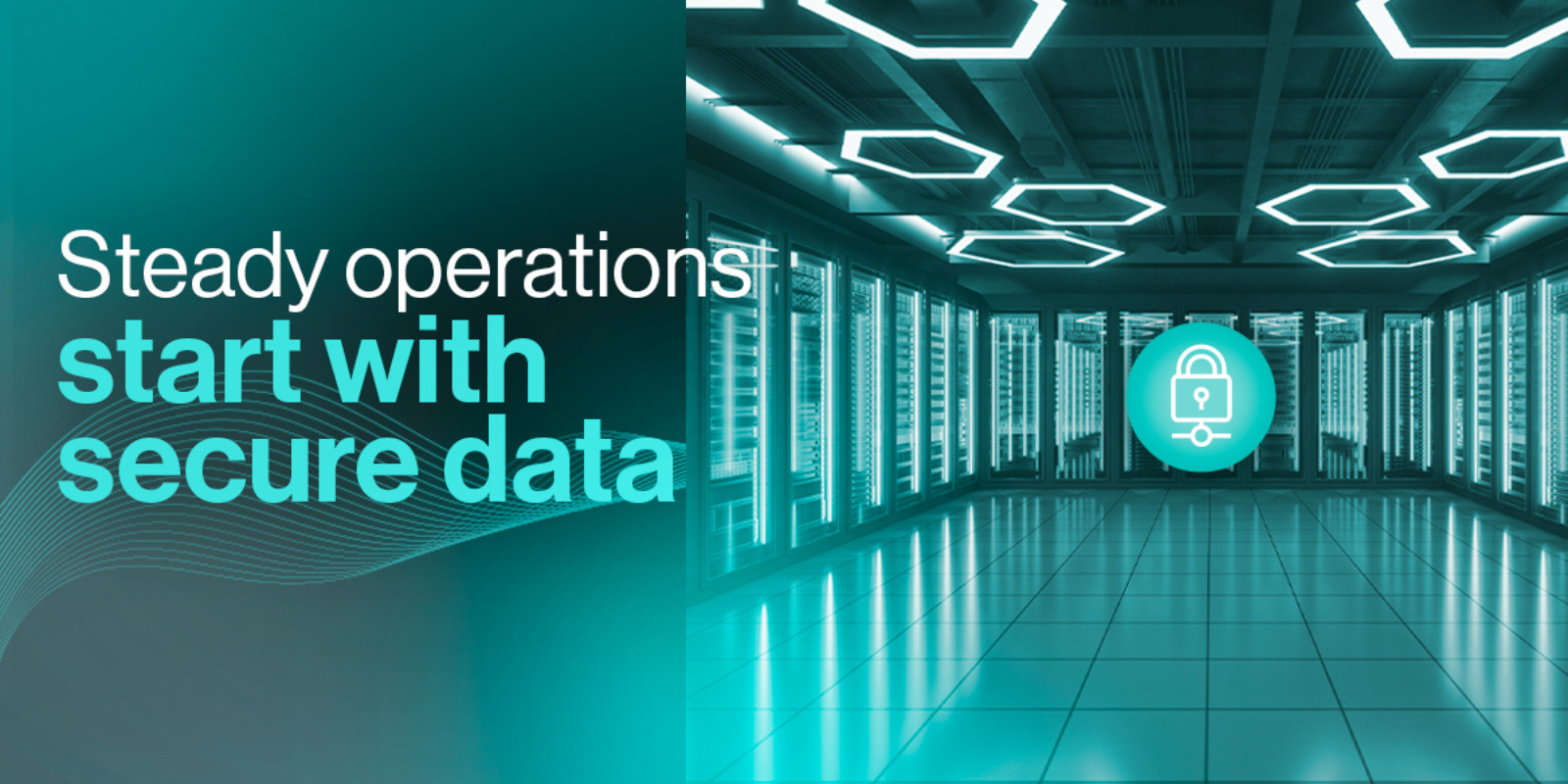Ensuring Data Security in Business Continuity
Whether you are a small business or a large enterprise, your success is dependent on the quality and availability of important data. Every transaction, client encounter, and strategy decision is based on this valuable asset.
As your reliance on data rises, so will the hazards. Cyberthreats and data breaches are more than possible interruptions when you have important and sensitive data; they are existential risks that might jeopardize your organization’s continuity.
Key considerations for data security
Fortunately, data security may be achieved with the correct measures. Here are some actions you should take:
Data backups:
Back up your data on a regular basis and save it somewhere secure. Cloud storage services from reputable suppliers are an excellent alternative. Consider employing external hard drives or network-attached storage (NAS) devices. These backups ensure that even if your core systems are hacked, you can quickly retrieve critical data.
Encryption:
Encryption is your digital defense. It safeguards sensitive data both when it is being transmitted and when it has been stored. Implement powerful encryption techniques, such as Advanced Encryption Standard (AES), to make data unreadable to unauthorized users. Remember that encryption scrambles data, rendering it unreadable to anybody without the decryption key.
Access control:
Implement rigorous access controls to restrict who can see or edit sensitive data. Role-based access control (RBAC) allows you to properly allocate permissions based on job duties.
Multi-factor authentication (MFA) provides an additional level of protection. To guarantee that only authorized workers have access to vital data, extra verification processes are required (such as one-time codes given to mobile devices).
Remote work security:
As distributed work settings grow increasingly widespread, secure remote access is critical. Here’s how you can use it:
- VPN (Virtual Private Networks): VPNs enable a secure connection between external devices and your internal network. This protects data from prying eyes.
- Use secure remote desktop protocols. If workers connect to corporate computers remotely, make sure they utilize secure methods such as RDP (Remote Desktop Protocol) via encrypted channels.
- Implement strong password policies. Enforce strong password policies. Encourage passphrase-based authentication for increased security.
Incident response plan:
Create a thorough incident response strategy. Consider the following:
- Define roles and responsibilities for data breaches and cyberattacks. (Who does what during downtime?)
- Protocols for communication: Establish means for notifying stakeholders, clients, workers, and regulatory organizations.
- Recovery Procedures: Outline the measures necessary to quickly restore damaged systems and data.
Continuous monitoring:
Set up constant monitoring of your IT infrastructure. Tools such as Security Information and Event Management (SIEM) monitor and analyze security-related information. Proactive threat monitoring enables rapid reaction to possible breaches.
Employee training:
Provide personnel with regular training on data security best practices, such as:
- Increase phishing awareness by teaching consumers how to identify fake emails or communications that ask for sensitive information.
- Educate staff about social engineering strategies employed by cybercriminals.
- Encourage users to use strong passwords and to update their gadgets (laptops, cellphones, tablets) on a regular basis.
Partner for success
Unsure about where to begin?
Atom Creek’s skilled staff is here to assist! We will examine your present data security setup, identify areas for improvement, and create a customized plan to safeguard your data and ensure business continuity.
Contact sales@atomcreek.com immediately to set up an appointment and take the first step in securing your company’s future!


